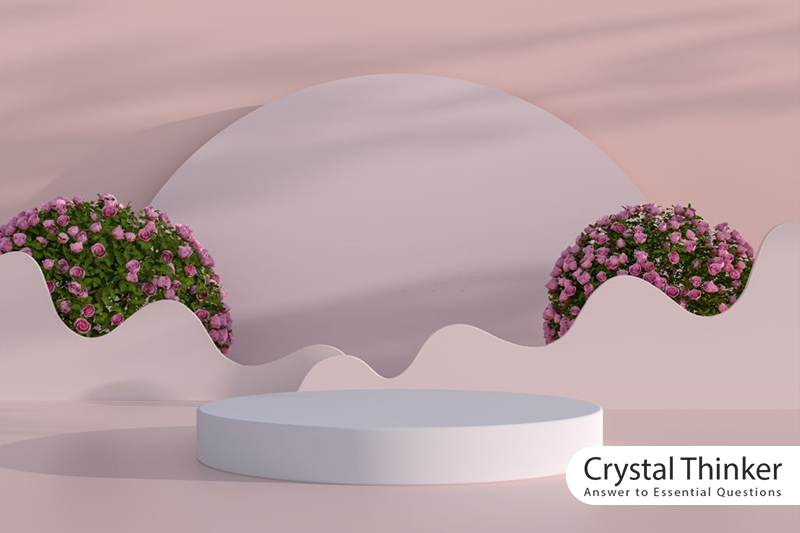Aesthetics is a branch of philosophy that deals with the nature of beauty and art (“Internet Encyclopedia of Philosophy,” 2015b).
Aesthetics is a kind of experience and judgment on aesthetic issues.
Have you ever wondered what happens to our minds when we encounter beautiful objects or in aesthetic environments such as visual arts exhibitions?
What about when we listen to music or sing poetry? What happens to our minds when we are in a theater or exploring nature?
Stay with us until the end of this article. In this way, you will learn more about the philosophy of art and aesthetics and all the questions we asked.
What topics does aesthetics address?
Aesthetics deals specifically with various topics. Topics such as imagining, creating, and performing artists’ works of art, using and enjoying art and beauty, and even people’s critique of art on aesthetic topics are noteworthy.
Aesthetics answer why people like some works of art and do not react to others.
Aesthetics deals with how art affects our mood or even our beliefs (“Thomas Munro,” 1974). Both aesthetics and philosophy of art answer questions such as what art is, what works of art are, and what makes art a good phenomenon.

What does beauty mean?
You probably know that philosophers and artists disagreed on the exact definition and concept of beauty from the beginning of history.
Plato defined beauty as the harmony of the parts with the whole. According to Plato, beauty is of two kinds. Living things and the beauty of geometry means line and circle.
According to him, natural beauty is relative. Geometric beauty or what is made by man will be absolute.
Plato’s definition of geometric beauty was Le Corbusier’s engineering beauty.
According to Plato’s theories, Hegel also divided beauty into natural and artistic beauty.

If you want to know more about Plato’s theories about aesthetics, you can read more about it in The Banquet, Timaeus, and Phaedo.
Are the topics of aesthetics and philosophy of art different?
Some consider aesthetics and the philosophy of art to be two separate issues.
These people claim that the first is the study of beauty and taste, and the second is art.
Some people also consider aesthetics synonymous with the philosophy of art from the time of Hegel. While some others think there is a significant difference between these areas (Oberhelman, 2001).
In practice, the aesthetic judgment refers to an object’s contemplation or sensory appreciation, not necessarily a work of art. But artistic decision recognizes, appreciates, or critique art or a work of art.

Remember that philosophical aesthetics should not just talk about art and works of art. Philosophical aesthetics must be able to judge art and works of art correctly.
From what dimensions do aesthetics study different arts?
Aestheticians study various arts in their physical, social, and cultural environments.
Aestheticians also benefit from the science of psychology. In this way, they use the principles of psychology to understand how people see, hear, imagine or think.
Even how to learn and artistic problems benefit from the principles of psychology.
Aesthetic psychology pays attention to the process of creativity and aesthetic experience and studies it.
Is aesthetics the same as design in art?
To answer this question, note that aesthetics is an old principle.
This old principle revolves around beauty and refers to people’s preference for beautiful things.
The center is seen in architecture, graphic design, and other items and is considered a vital element in user experience design. Aesthetics affects a person in different ways.

Humans are generally strict about visual input. Human inner reactions are a kind of guide for them. For this reason, many people reject services or products that they do not find beautiful.
What is the definition of aesthetics in the Cambridge dictionary?
According to the official definition in the dictionary, the word aesthetics is present in sentences instead of nouns and adjectives.
But it does not matter, and in both cases, the central meaning is the same and evokes the concept of beauty in the audience’s mind.
If we use the word aesthetics as a noun in a sentence, it refers to enjoying or studying beauty and describes it.
And if used in a sentence as an adjective, it will refer to an object or work of art that enjoys outstanding beauty.

The concept of aesthetics in simple language
You do not need to collect a beautiful set of photos to understand the concept of aesthetics. You need to think more about aesthetics and show your style to those around you, representing your visual perspective.
So think to yourself first. Then make the right decision about what you want to show the rest of the world.
Here are some questions that will help you better understand the concept of aesthetics.
- How do you describe yourself as a person?
- What are your beliefs and values?
- How would you like people around you to feel?
- What are your goals in life?
- What do you like and hate?
- What unique characteristics do you have inside you?

Conclusion
In this article, we talked about aesthetics, and we tried to introduce you to this concept in the easiest way and from different dimensions. Thank you for being with us and reading our articles.
We will be happy if you follow us on social media and tell us your opinions on the topics and articles we write. In this way, we can pay more attention to your favorite issues and do better psychology to increase your knowledge in the historical, cultural, and social fields.
Resources:
- Internet Encyclopedia of Philosophy. (2015). Choice Reviews Online, 53(02), 53–0568. https://doi.org/10.5860/choice.191051
- Thomas Munro. (1974). The Journal of Aesthetics and Art Criticism, 33(1), 5–6. https://doi.org/10.1111/1540_6245.jaac33.1.0005
- Oberhelman, D. D. (2001). Stanford Encyclopedia of Philosophy2001311Principal Editor, Edward N. Zalta. Stanford Encyclopedia of Philosophy. Stanford, CA: The Metaphysics Research Lab, Center for the Study of Language and Information, Stanford University 1999; updated every three months. Internet URL: http://plato.stanford.edu, ISSN: 1095–5054 Gratis Last visited: May 2001. Reference Reviews, 15(6), 9. https://doi.org/10.1108/rr.2001.15.6.9.311








